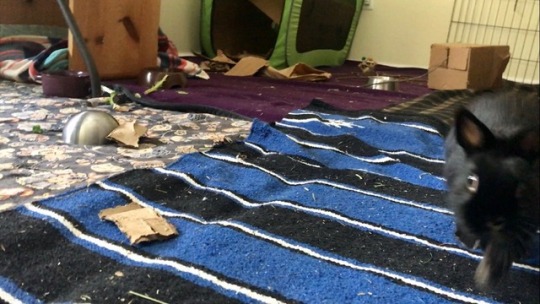Text

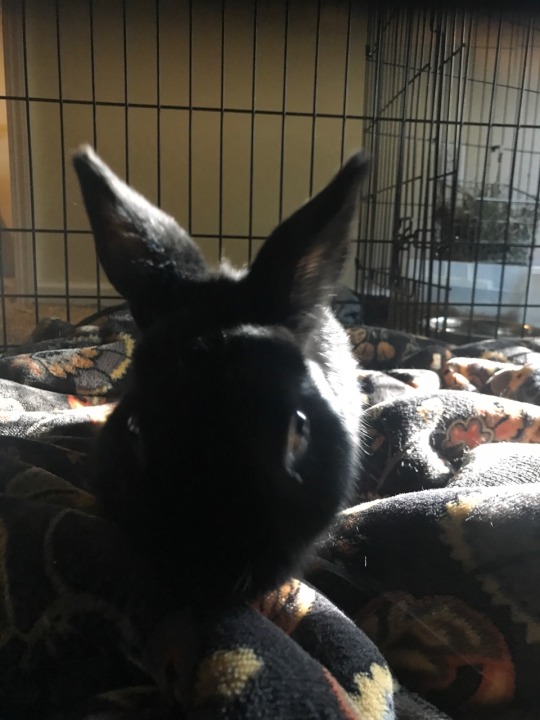
Chonk
18 notes
·
View notes
Text
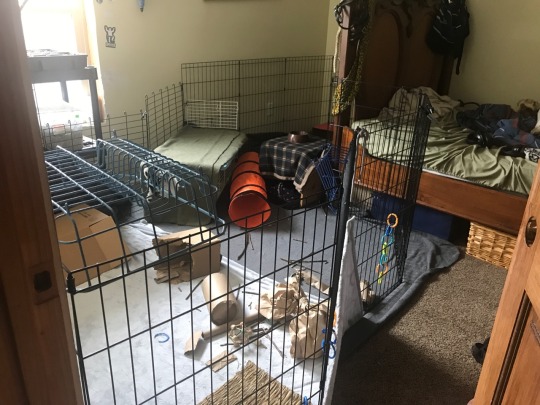
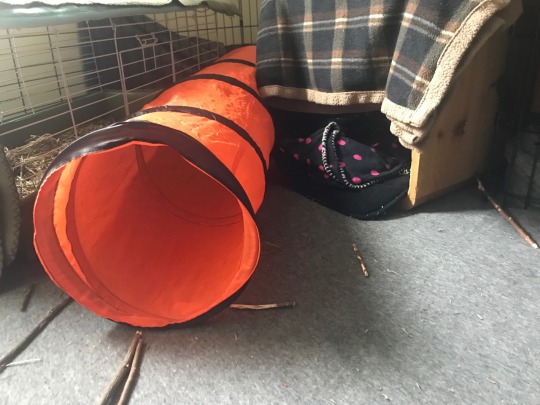




Some glamor shots with the new xpen :) :)
27 notes
·
View notes
Text



Michelangelo's favorite new hide (this is the cage he came in!)
0 notes
Text
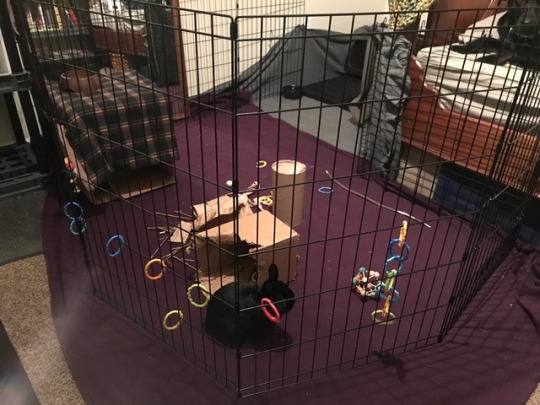

Fresh fleece is a blessing
2 notes
·
View notes
Text
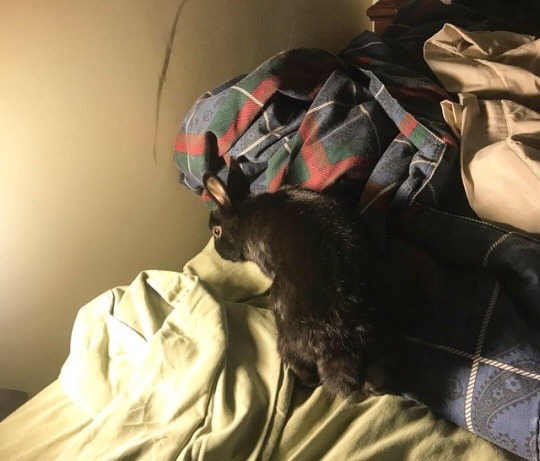
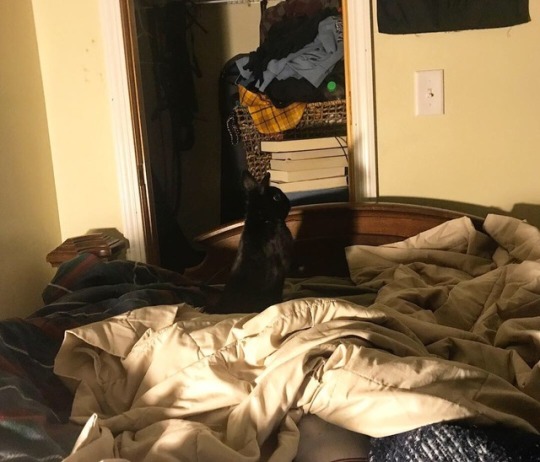
He's oblivious to every emotion except Food and Fear
3 notes
·
View notes
Text
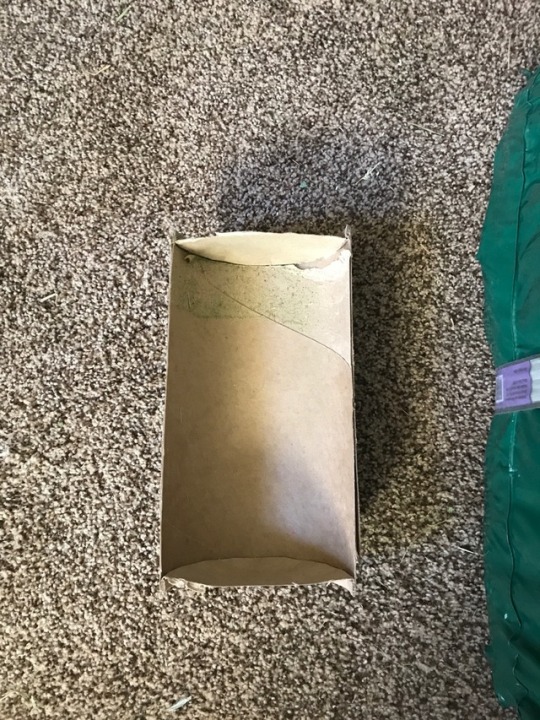

I made a fun little cardboard manger out of an old oatmeal container and I love it
10 notes
·
View notes
Text
Michelangelo started taking a bite of hay from his litter box, running to the opposite side of his cage to eat it, then go back to his litterbox to take another bite and do the same thing again. He's still getting 99% of his poops in the box, my only concern is WHY?
0 notes
Text
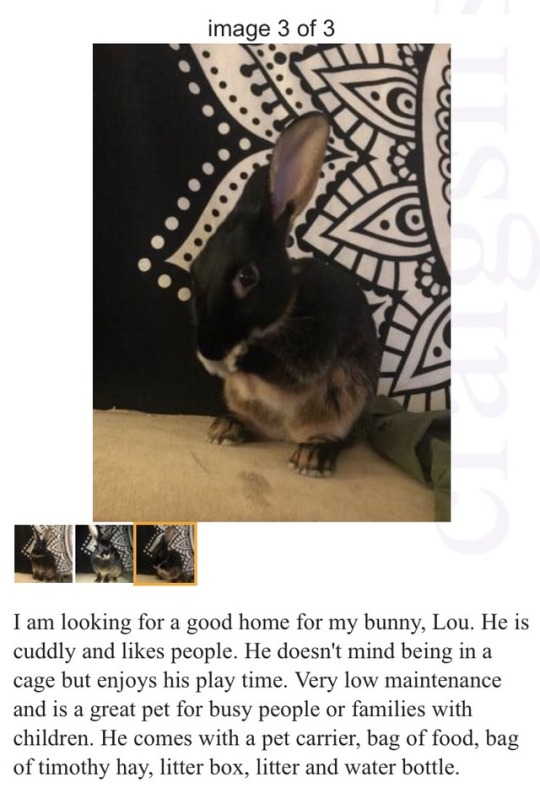
10000% tempted to snatch this boy
0 notes
Text
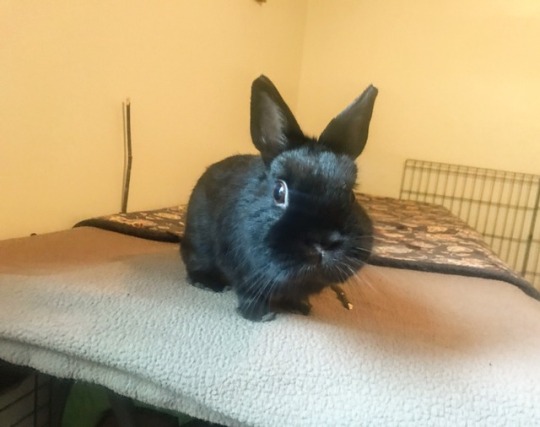
I love my boy
1 note
·
View note
Text
Brachycephalic Rabbits
Somebody asked me what’s up with brachycephalic rabbits and here we go, gang.
You may have seen a pug or English bulldog and had the thought where is the rest of that thing’s face?
Welcome to my little rant about how humans are screwing up rabbits despite the overwhelming evidence that breeding for extreme anatomy is detrimental to the animals being bred. I won’t touch on things like lop ears and behavioral issues. We’ll stick to medical issues today I’ll try to be concise
Brachycephalic syndrome in canines and felines can result in dental disease, inability to effectively cool themselves which means heat stroke is a big issue, the inability to retain their tongues in their mouths, epiglottic entrapment (which doesn’t really facilitate breathing).
Dwarf breeds of rabbits and every single picture of miniature/English lops I could find shows brachycephalic conformation. Many of these are breed standards written into breeder’s association guidelines. Other times, people breed them because they are cute.
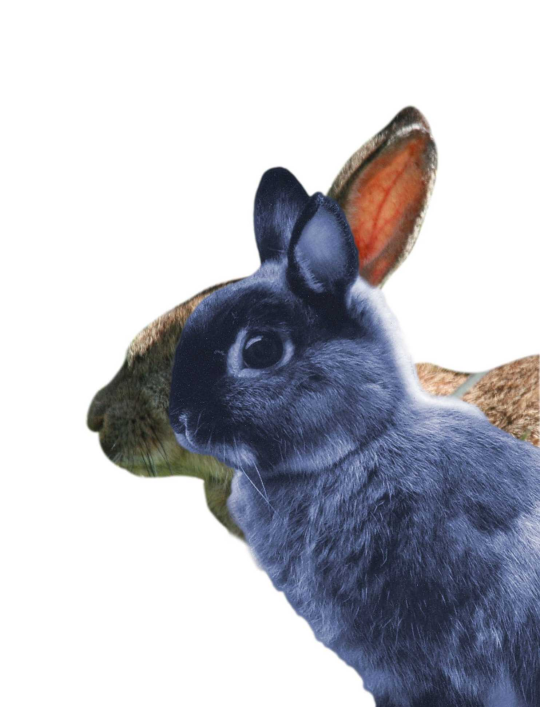
I hope this picture illustrates the disparity in available ‘muzzle’ of the rabbit.
What structures normally reside in this area?
Nasal turbinate bones covered by nasal epithelium.
These structures form a bony labyrinth that sort of filters, warms, and humidifies air prior to entering the trachea. We know that brachycephalic canines have an excessive amount of nasal turbinates compared to their muzzle length, which means these structures extend into other anatomical locations, contributing to airway resistance and making it more difficult to breathe. There are not any studies currently available about this in rabbits, but my necropsy experience leads me to think this is a developing problem in our beloved lagomorphs.
Tear Ducts aka the nasolacrimal duct
rabbits only have one ventral puncta to drain their eye secretions. This is why when you cry, you turn all sniffly. You’re expelling tears out of your nose.
For brachycephalic rabbits, this shortened, often resulting in epiphora (excessive tears) which can be seen as wetness in the corner of their eye, the appearance of crying, or a small crust in the corner of their eye.
Teeth
rabbits have hypsodont teeth (meaning they have long crowns that continuously erupt throughout their life).
Below is a normal x-ray of the rabbit’s cheek teeth (premolars and molars). Note that the apex of the teeth in the jaw are naturally closely aligned.
Note that the apex of the incisors (the teeth you see when they yawn) also come quite close to the same area

So, you think it’s no big deal?
Shortened muzzles in rabbits means that there is much less space for their teeth to occupy. This means that a brachycephalic rabbit’s teeth are crammed into a smaller space and are subject to excessive forces during eruption and occlusion when chewing.
Primary malocclusion (present due to their anatomy) can result in incisor malocclusion which is usually secondary to cheek teeth malocclusion.
Teeth can be pushed back into the maxilla or mandible
uneven wear resulting in the development of sharp points or spurs on the teeth which lacerate the cheeks and tongue
pockets can form between the teeth where food can accumulate which allows for the proliferation of bacteria. These bacteria can produce an incredible inflammatory response leading to abscess formation which can require extremely invasive, intensive dental care.
Abscesses can involve the sinuses and even the orbit of the eye, leading to many more complications.
Secondary Malocclusion (due to poor feeding practices) can compound this issue if owners are not educated on feeding a diet of hay and fresh greens.
Inappropriate fiber content leads to inappropriate wear of the cheek teeth, secondarily the incisors. the same issues as above can result from secondary malocclusion
Rabbits with primary malocclusion often require lifelong dental care, where tools like dremmels and bone rongeuers are used to grind and shape the teeth. However, these rabbits may require lifelong nutritional support if they are in significant pain.
Signs of Dental Disease
‘slobbers’ - excessive saliva on chin, forelegs
ocular discharge
change in food preference/anorexia
changes in fecal output
poor hair coat/reduced grooming
facial swelling/pain
lethargy/hunched posture
Knowing what we know about brachycephalic, dogs, cats, and rabbits, it is unethical to continue breeding these animals without the intention of breeding for increased muzzle length.
Aesthetic is not in the best interest of the animal, but is often why the animal is chosen by their keeper.
This message has been brought to you by Coriander, a brachycephalic rabbit, who wants you to have a serious conversation with a breeder about their practices OR don’t support breeders who don’t acknowledge or wish to change the issue by adopting a bunny in need.
Look how my smush has no snoot. He has had epiphora since 2 months of age and likely will have some serious dental work to do down the road because someone breeding rabbits cared more about his appearance than his health.
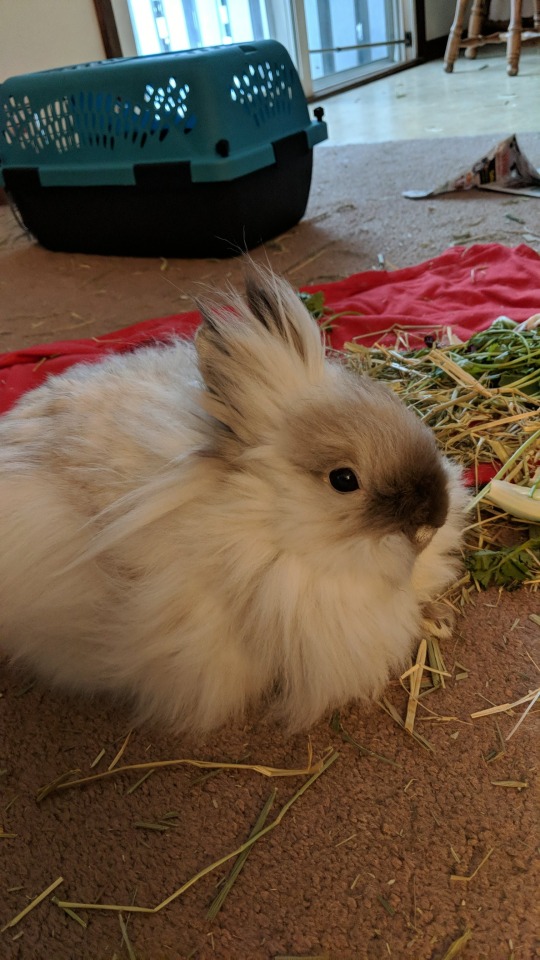
1K notes
·
View notes
Text

Second level boii
0 notes
Text


Upping this guy's veggies and decreasing his pellets atm and he's lovin' it
0 notes
Text
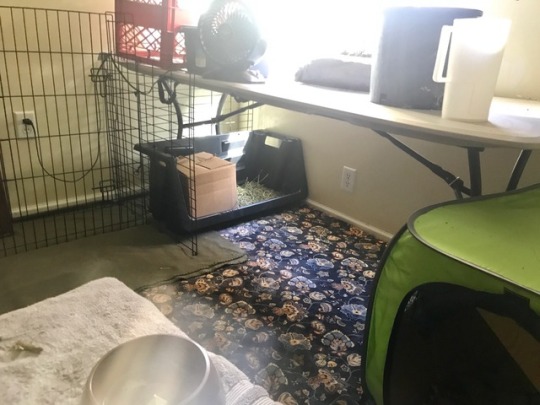

AYYE I GOT A PLANT TABLE FOR MY PLANT BABIES
And it doubles as a chill space in Dub's pen and I'm going to try to grow most, if not all, of his food there! Hopefully it works out, I'm super excited.
3 notes
·
View notes
Text
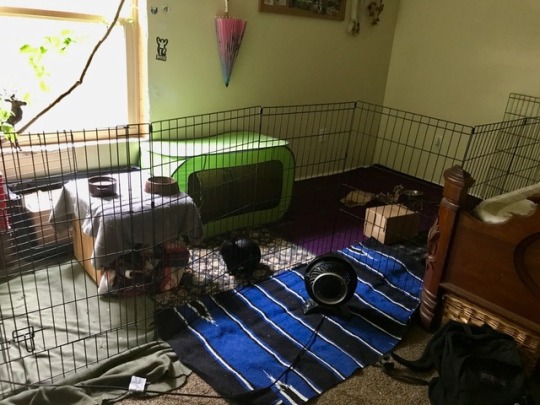
I desperately need to buy matching fleece because my room always looks like a blind person tried to make a patchwork quilt.
2 notes
·
View notes
Text

All I can picture happening in his head is constant elivator music with the occasional bass drop when he binkies
0 notes
Text
I feel really bad for Michelangelo sometimes because while my cage is big enough for his energy level (it's a little over 5x9) his binkying is just way over the top and he literally runs into his cage walls. I'm kind of worried that he'll hurt himself by doing this especially because about half his walls are made of coated wire. I would try to extend his cage or let him out more to see if he stops on his own, but I don't have any way to extend the cage and there isn't much extra space in my room for "free time" to make much of a difference.
Anyway, my question is, do you think it would make a difference to add some sort of padding maybe?? Any additional advice or suggestion is welcome lol.
#michelangelo the bun#rabbit#bunny#rabbit care#rabbit enclosure#rabbit pen#rabbit cage#binky problem
0 notes
